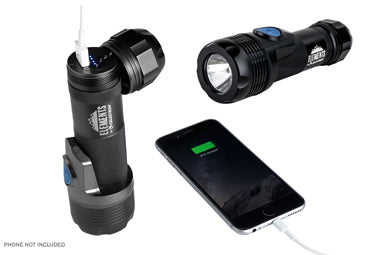In Search of the Elusive Ring of Fire Sunset Eclipse
August 2, 2017

On February 26, 1979, a total eclipse of the Sun cut a path through parts of the Northwest and Canada. Although, the Moon’s umbral shadow never reached my home state of California, I vividly recall watching the new Moon taking a “cookie bite” out of the Sun through the cold winter, fog shrouded morning just before class begun. From that moment, I became spellbound which led to a lifelong fascination with eclipses–both lunar and solar.
Unable to travel to the Big Island of Hawaii or La Paz, Baja California Sur for the July 11, 1991 “Eclipse of the Century,” I settled on observing the partial phases from Los Angeles and prepped myself for another one 6 months later. Since the 1979 eclipse, I have been most looking forward to the January 4th 1992 eclipse as this is something I studied in elementary school. Although it wasn’t a total eclipse, it was annular which coincidentally ended at sunset right here in Southern California. Imagine the sight of witnessing a “Ring of Fire” just above the horizon as the Sun and Moon would set in unison into the Pacific Ocean.
On eclipse day, my friends and I claimed a spot on Redondo Beach with a perfect view of the western horizon. We excitedly set up our cameras and waited patiently for first contact as more eclipse watchers began to arrive. The sky was a mixture of clouds, blue sky and plenty of sunshine. What could possibly go wrong? Well, what appeared promising at first became short lived as a powerful pacific storm blew in like an unwelcomed guest and eclipsed the eclipse just as the Moon took its first nibble of the Sun’s disk. The disappointment of waiting patiently for thirteen years only to be left standing at the altar still haunts me to this day. In an era before smart phones and the Internet, if we had known there was some clearing to the south of us near San Diego, we would have jumped on the freeway to intercept the “Ring of Fire.” Eclipse watchers in San Diego were indeed treated to a glorious sunset eclipse.
Two years later on May 10, 1994, another annular eclipse was predicted to cross a large swath of the United States. Unlike LA’s eclipse, this eclipse did not end at sunset anywhere in the United States but in Morocco. Nevertheless, my friends and I traveled to El Paso, Texas to intercept the Moon’s anti-umbral shadow. On this occasion, the sky was clear as could be, and we sweltered in the desert heat. As the eclipse progressed, we noticed a light shadow taking over the city and temperature began to cool. Right on schedule, the Moon passed in front of the Sun but was noticeably smaller–leaving a perfect ring of sunlight–seen only through solar filters. Although 94% of the Sun’s disk was obscured by the Moon, the sky and landscape appeared like any other bright day with a passing cloud in front of the Sun. Sunlight filtering through tree leaves left impressive circle-like shadows on a nearby wall which presented a perfect photo opportunity. Before long, the Moon continued on its path and the ring began to break. What struck us the most was seeing locals going about their daily lives without a clue of the celestial event taking place above them. While I was glad to finally observe an annular eclipse, there was still a strong desire to witness the “Ring of Fire” near the horizon.
On May 20, 2012, after waiting 18 long years, an annular eclipse was predicted to traverse the Pacific Ocean and end in Northern Texas. This was a golden opportunity to have ringside seats and a second chance to witness the “Ring of Fire”. Of course, a sunset eclipse is never drama-free and this eclipse was no exception. This time, my eclipse chasing companions included Celestron’s product manager, his wife, friends and myself. Unlike the 1992 eclipse, technology was on our side as we were armed with smartphones and laptops providing us with the latest satellite weather reports. However, as bad luck would have it, eclipse day included a big storm which raged across Oklahoma and Northern Texas–right where the eclipse would end at sunset. With the city of Lubbock under heavy cloud cover, we beelined it to a deserted town on the border of New Mexico where we were in the clear. As the eclipse progressed into the “Ring of Fire,” remaining clouds made the sight even more picturesque. It was the most amazing celestial phenomenon I have ever seen! The “ring” was actually shimmering in sunlight as it hovered above the horizon–not solid as seen in photographs. With the eclipse so low in the sky, it was possible to take quick glances to witness this celestial encounter without the aid of solar filters, although it wasn’t a very good idea. After several minutes, the ring finally broke apart, and everyone lamented that this beautiful eclipse was coming to an end. The crescent Sun finally began to set and took on the appearance of a shark fin diving into the horizon as cows grazed in the field. Redemption was restored! To this day, this sunset eclipse was the most incredible natural phenomenon I have ever witnessed.
For this Summer's Solar Eclipse, visit our EclipSmart Solar Safe Products here:




























